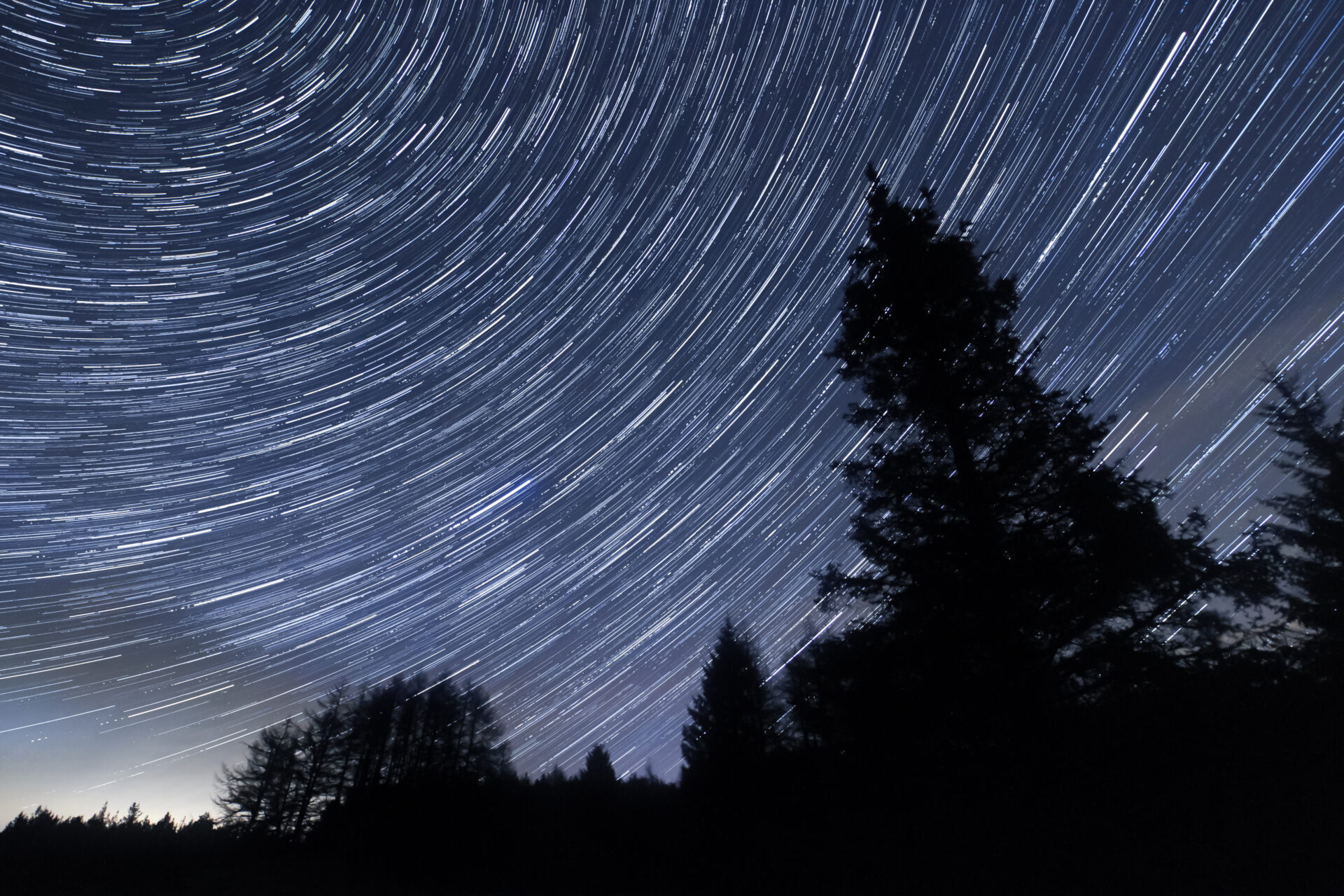 Sue Christie (Northern Ireland Environment Link, Belfast)
Sue Christie (Northern Ireland Environment Link, Belfast)
Light is used by many animals and plants as a key cue for carrying out important activities such as flowering, migrating or feeding. As artificial light becomes a more prominent feature of their environment, evidence is accumulating of the negative impacts it has on wildlife. Baby turtles hatching on resort beaches head towards the lit-up resort rather than out to sea — and are eaten by predators before they can correct the error. Migrating birds are disoriented, and at worst fly into the ground or buildings as they try to identify the Moon and stars among a multitude of man-made light sources. Moths fly into street lights rather than feed; breeding cycles of butterflies are disrupted; nocturnal animals are gobbled up by predators instead of being hidden in the darkness. Artificial light disturbs the rhythms of insects and birds, leading to far-reaching consequences in ecosystems throughout the world. Constant light disrupts hormones and hence breeding patterns of frogs and other animals. Nocturnal hunters may benefit by increased light levels, but their prey certainly do not; many animals will not emerge to feed if light levels are too high. Plants too are affected by light— timings of flowering and leaf fall in many species is governed by day length and light levels, germination can be affected by light and the efficiency of photosynthesis can be damaged without true darkness. Algal blooms exacerbated by excess light cause deaths of fish and invertebrates in ponds and lakes. On top of that, some one third of lighting is ‘wasted’ with consequent impacts on climate change and costs, estimated at $2 billion per year in the USA alone. There is an easy solution to all of this—reduce the amount of artificial lighting, especially in the countryside; ensure that the necessary light is produced and used efficiently; restrict lighting to when and where it is actually required by people; and ensure that light is directed only to where it is needed.
Raising awareness of light pollution in Ireland. We hope you will join us in our mission to protect and celebrate Ireland’s valuable Dark Sky Heritage.






